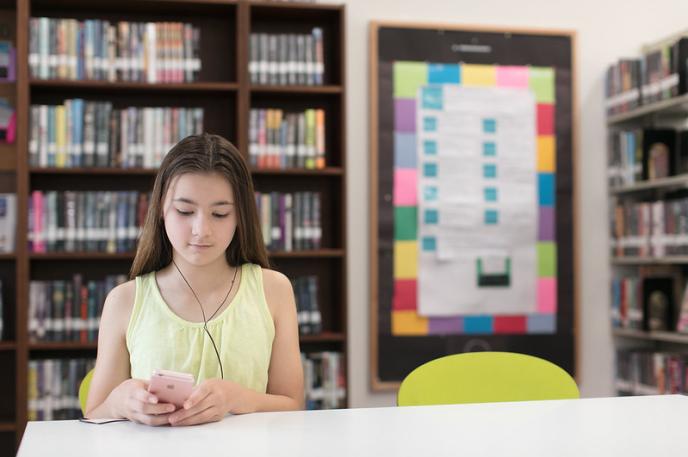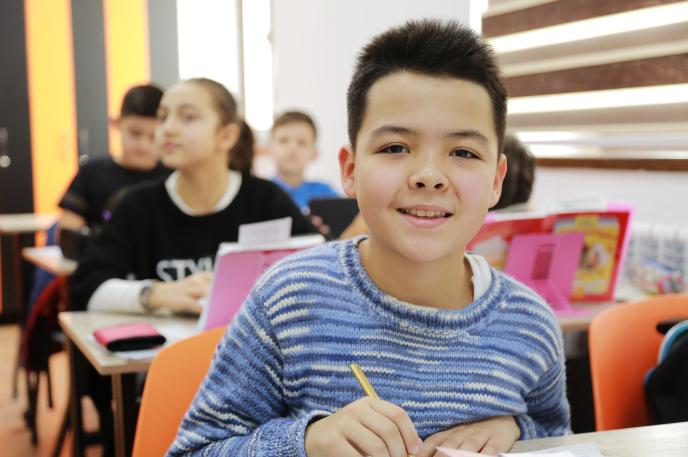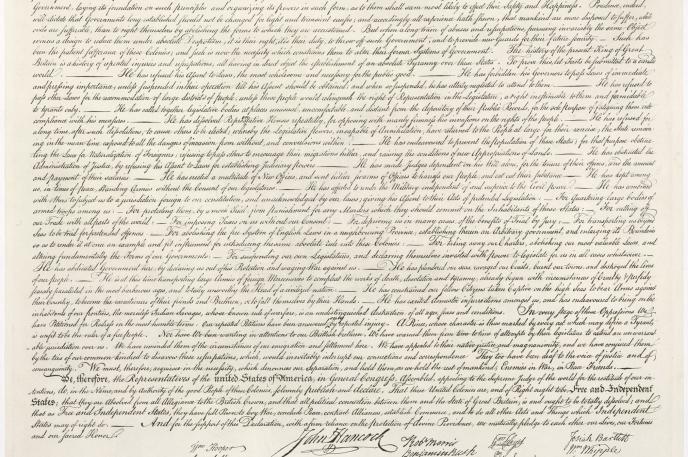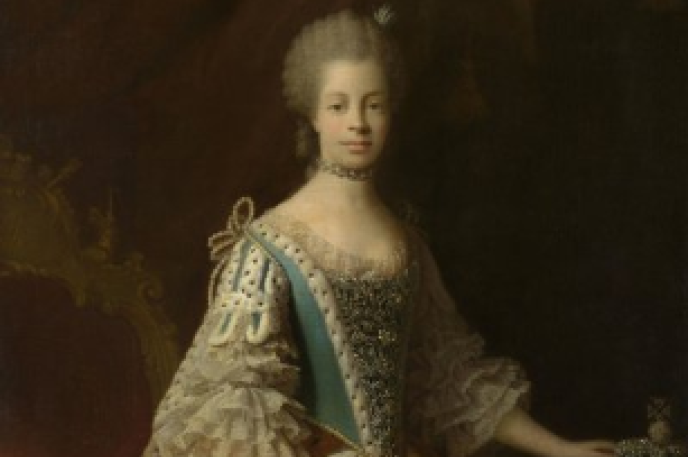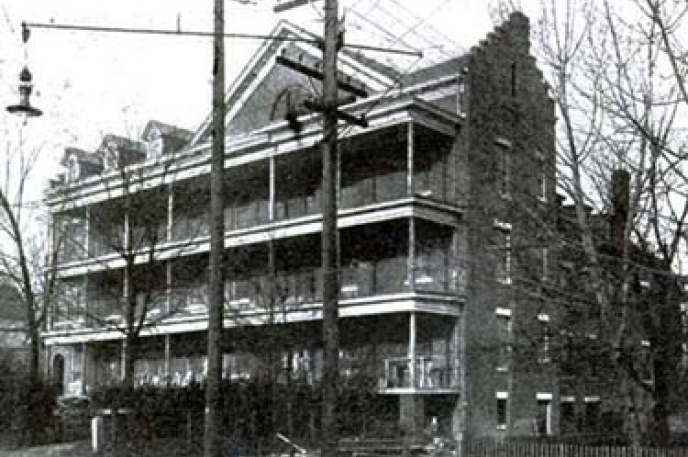This year, going back to school looks different for everyone. While many students are settling into virtual school and learning from home, others are attending school in a hybrid format including online and in-person instruction, and some may be fully back in the classroom. Whatever the case, this curated list of back-to-school reads includes home schooling titles for parents and titles with characters who are home-schooled themselves.
Click here to browse the CMLibrary Suggests: Back-toSchool Book List
ADULT NONFICTION
Born Reading: Bringing Up Bookworms in a Digital Age, by Jason Boog
Most parents spend time thinking about how to give their child a competitive advantage in our fast-paced society. Interactive reading gives kids a significant edge, writes journalist Boog, a former publishing editor at Mediabistro, where he was also lead editor of the site's GalleyCat publishing blog. He asserts that there is a right way to read to your child between birth and age five. For each year, Boog provides a reading list and specific storytelling lessons, which include key questions to ask children to scaffold understanding. The book's "Playbook" section has tips and conversation starters to help novices navigate the read-aloud experience. For the higher preschool levels, Boog shares how following these reading guidelines correlates with specific Common Core standards. The explosion of digital devices is bringing a new face to reading, and the author shares how to make e-readers, smartphones, and tablets complement rather than distract from the book experience. He includes digital resources, apps, and audiobooks. VERDICT Boog's work helps parents navigate the world of reading and harness the positive power of digital technology. Librarians, preschool teachers, and parents will find this a valuable resource for building childhood literacy.
Make it Stick: The Science of Successful Learning, by Peter C. Brown
Co-authors Brown (Jumping the Job Track), Henry L. Roediger (James S. McDonnell Distinguished University Professor of Psychology, Washington Univ. in St. Louis), and Mark A. McDaniel (psychology, director of the Ctr. for Integrative Research on Cognition, Learning, and Education, Washington Univ. in St. Louis) challenge traditional ideas about learning in this survey of cognitive studies. The authors contend that, contrary to popular belief, effective long-term learning doesn't occur through passive and repeated exposure to information. Rather, learners can best acquire knowledge by actively recalling information and connecting it to their own experience. Brown, Roediger, and McDaniel enumerate principles for improving learning, but they couch these ideas in narrative, including personal anecdotes and case studies that demonstrate each point. The authors provide suggestions to students, adult learners, and trainers who may wish to implement new techniques in instruction. All the while, they demonstrate their own principles by reiterating key concepts, building associations, and interweaving topics throughout the book. Instructors and students will find that this title not only describes cognitive principles in general terms but also provides specific examples of study techniques and methods for constructing more effective courses. VERDICT This book will appeal to high school and college students as well as educators, trainers, and anyone interested in improving memory or having a better understanding of cognitive science.
Help Your Kids with Math, from DK Publishing
Using a full-color illustrated approach, a guide to parental math tutoring looks at every aspect of the challenging subject, from simple sums to simultaneous equations, in a book with simple explanations and clear illustrations that parents can share with their children.
How to Work and Homeschool, by Pamela Price
Do you want to homeschool, but you need to keep working? Maybe you're already homeschooling, but you would like to start a business? Perhaps you're homeschooling, working, and volunteering, but need to create space for yourself? How can this possibly be done? How do other parents manage? Enter Pamela Price of Red, White & Grew. After interviewing parents who are dealing with these very issues, Pamela has written "How to Work and Homeschool: Practical Advice, Tips, and Strategies from Parents," published by GHF Press. Filled with real world examples and tried-and-tested approaches, "How to Work and Homeschool" will give you the ideas and confidence to develop a game plan to incorporate work, homeschool, family obligations, and more into your busy life. Pamela busts myths about work and homeschool, shares some truths, and even provides sample schedules to help you get started. Whether you're considering homeschooling or are a veteran looking to make a change, "How to Work and Homeschool: Practical Advice, Tips, and Strategies from Parents" will help you on your journey.
The Brave Learner, by Julie Bogart
A joyful and accessible approach to homeschool that harnesses children's natural curiosity and makes learning a part of everyday life, whether they're in elementary or high school. Parents who are deeply invested in their children's education can be hard on themselves and their kids. When exhausted parents are living the day-to-day grind, it can seem impossible to muster enough energy to make learning fun or interesting. How do parents nurture a love of learning amid childhood chaos, parental self-doubt, the flu, and state academic standards? In this book, Julie Bogart distills decades of experience--homeschooling her five now grown children, developing curricula, and training homeschooling families around the world--to show parents how to make education an exciting, even enchanting, experience for their kids, whether they're in elementary or high school. Enchantment is about ease, not striving. Bogart shows parents how to make room for surprise, mystery, risk, and adventure in their family's routine, so they can create an environment that naturally moves learning forward. If a child wants to pick up a new hobby or explore a subject area that the parent knows little about, it's easy to simply say "no" to end the discussion and the parental discomfort, while dousing their child's curious spark. Bogart gently invites parents to model brave learning for their kids so they, too, can approach life with curiosity, joy, and the courage to take learning risks.
JUVENILE FICTION
Stop the Presses, by Rachel Wise
Sam's love of newsprint clashes with her love for the planet--and her BFF--in a Dear Know-It-All conflict of newsworthy proportions! When Sam hears Cherry Valley Middle School is "going green," she is delighted. Saving the Earth is very important to Sam, plus, she knows she can get a great story out of it. But that's before she finds out one of the environmentally friendly suggestions is to stop printing The Cherry Valley Voice! Who would dare to suggest that the school newspaper be published only online? When she discovers the idea came from her BFF, Hailey, Sam gets even more upset. How will Dear Know-It-All solve this total disagreement?
Princess Posey and the First Grade Boys, by Stephanie Greene
Posey gets in trouble when she makes up a not-so-nice song about one of the boys in her class.
Trick Out My School!, by Robin Mellom
The school face-lift that overachieving seventh-grade class-president Libby scores from the highest-rated school makeover reality show on TV brings host Kip Hottie McHotster Lee and a second camera crew to Westside Middle School (already the setting for an ongoing reality show). It also opens multiple cans of worms for Libby with the discovery that beneath the razzle-dazzle, the makeover is largely a sham. As in previous episodes of The Classroom, the on-camera conceit is readily abandoned for a lively mixture of inner ruminations and chapters of third-person narrative. More light school comedy, with frequent cartoon head shots, notebook pages, and illustrated high spots
The Miscalculations of Lightning Girl, by Stacy McAnulty
A lightning strike made Lucy, 12, a math genius but, after years of homeschooling, her grandmother enrolls her in middle school and she learns that life is more than numbers.
The Perfect Secret, by Rob Buyea
Gavin, Randi, Scott, Trevor and Natalie are back for seventh grade, and they have a big goal for the year: to get their teachers Mrs. Magenta and Mrs. Woods to mend their broken relationship. Although the five friends have discovered their teachers' secret, that they are mother and daughter, this won't be the only secret the kids find themselves keeping over the course of the school year. First-person narration switches among the five protagonists, effectively giving insight into their own personal challenges and struggles as they work together to help their teachers. Buyea has carved out a niche with sensitive and heartfelt stories, and this companion to The Perfect Score (2017) has him tackling topics like racism, immigration, bullying, and family secrets, with a deft hand. Buyea's story always remains positive, and although the ending might be a bit too fairy tale-ish for some readers, it could provide a nice escape for readers dealing with these issues of their own. Another winner from Buyea that is highly recommended for all middle-grade readers.
PICTURE BOOKS AND EASY READERS
Edda, a Little Valkyrie’s First Day of School, by Adam Auerbach
Adjusting to the rhythms and rules of school can be tough for any kid, but imagine how much of a challenge it is for a young Norse warrior maiden. Edda wants to spend time with people her own age, which is why she asks her kindly papa (though he's never named, with his eye-patch, it's safe to assume he's Odin) to fly her from Asgard to a typical neighborhood elementary school. But making the transition from helping "search the land for unruly monsters" to sitting still in class and waiting in line for the slide is asking a lot. Auerbach-an accomplished editorial artist with an approachable line drawing style and a sly, sympathetic wit-makes a terrific children's book debut in this folklore-meets-first-day story. He doesn't get too specific with his
Norse inspirations (Edda's magical home is as much Adventure Time as Asgard), but Edda is a fresh, funny twist on the kid who can't quite find a groove. While most readers won't have access to a dragon to help smooth the way for themselves, they should find her story encouraging.
Chu’s First Day of School, by Neil Gaiman
First introduced in Chu's Day (HarperCollins, 2012), the adorable, rotund little panda with the big sneeze here takes on a big milestone: his first day at school. Initially nervous and subdued as he watches his classmates discuss their special talents, Chu soon realizes that he, too, has something unique to share with his new friends and teacher. Once again, Rex's rich, painterly illustrations, characterized by deep, vibrant hues and rendered in oil and mixed media on board, dominate this quirky work. The contrast between the more serious tone of the images and the chaos introduced by Chu's famous sneeze, brought on by a dusty chalkboard, will delight children. Though the topic is familiar-a bad case of nerves before the first day is well-trod territory-and the story itself is on the spare side, readers will enjoy this humorous take on the subject. As with the first book, there's plenty of detail in the artwork, and children will love the appealing animals depicted: eagles, snakes, monkeys, and more. A charming title that is sure to leave kids wanting more-more Chu and more readings of this whimsical tale.
Teacher’s Pets, by Stephanie Calmenson
The girls are dismayed when their teacher is out sick and they have a substitute. Mr. Z makes goofy jokes and can't keep the class under control. Worst of all, he doesn't say anything when mean Darlene makes fun of Kate and Lucie. Luckily, once the girls turn into dogs, Kate and Lucie learn they can save the day--and even make a new friend.
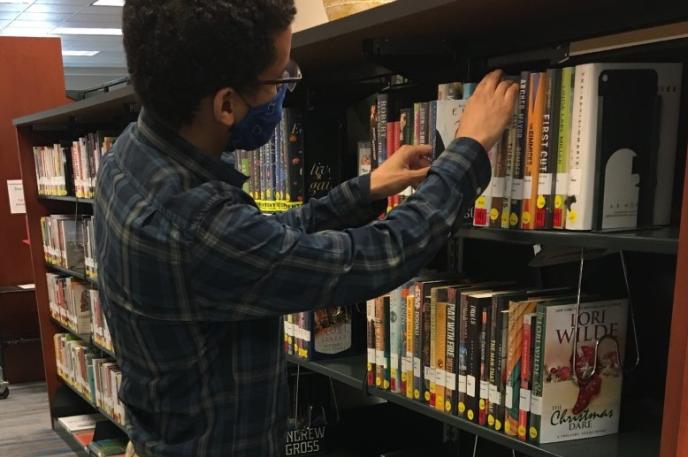
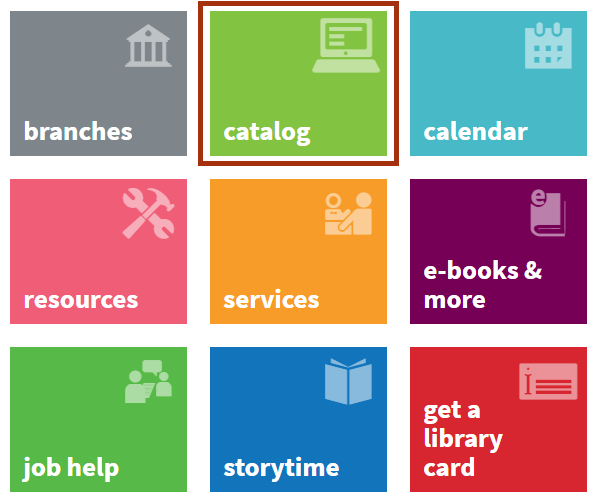
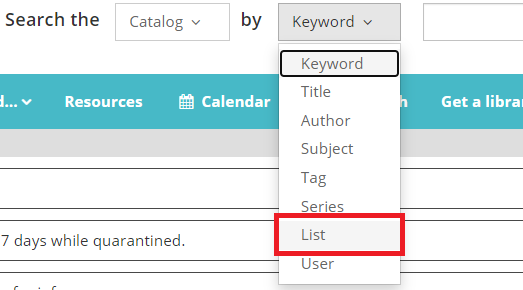

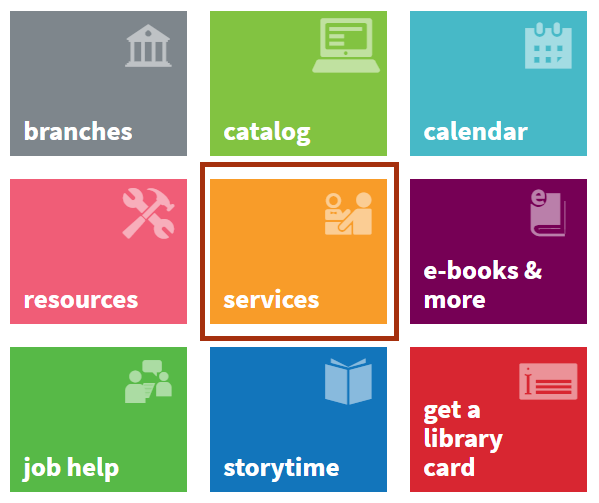
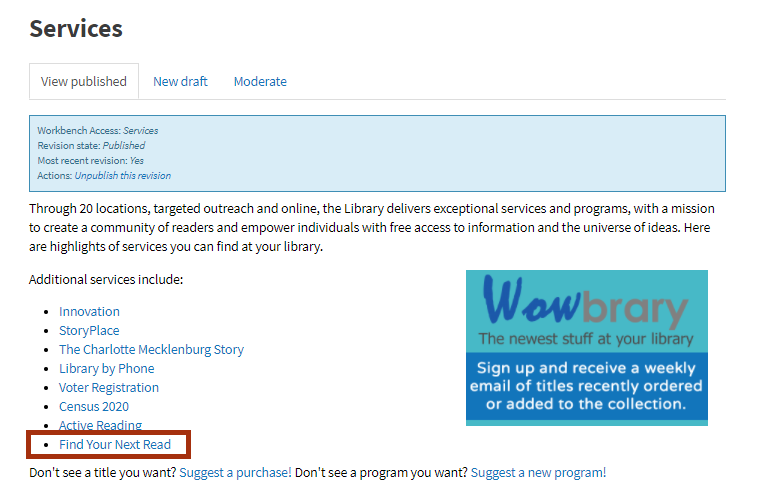
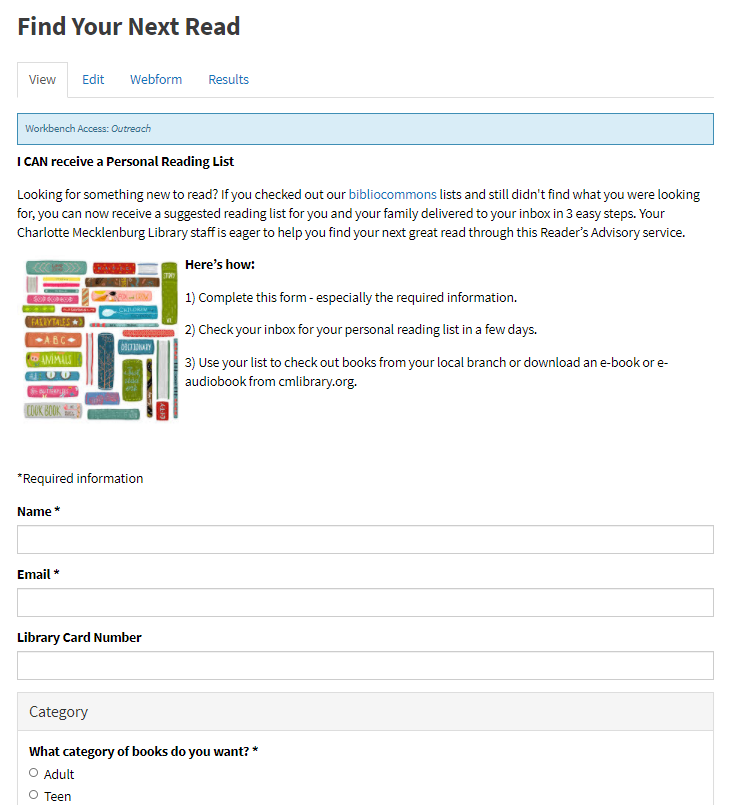


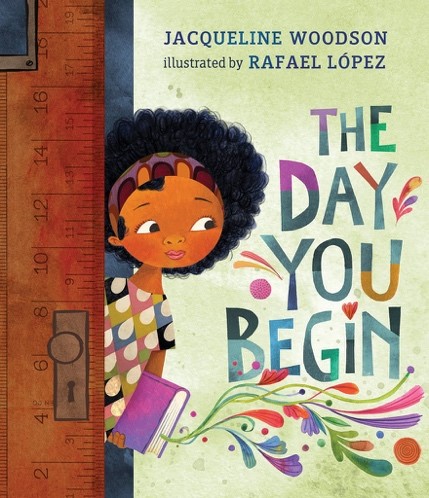 Preschool (Ages 3-7)
Preschool (Ages 3-7)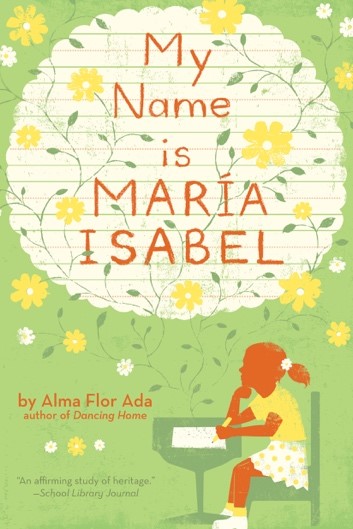 School Age (Ages 8-11)
School Age (Ages 8-11)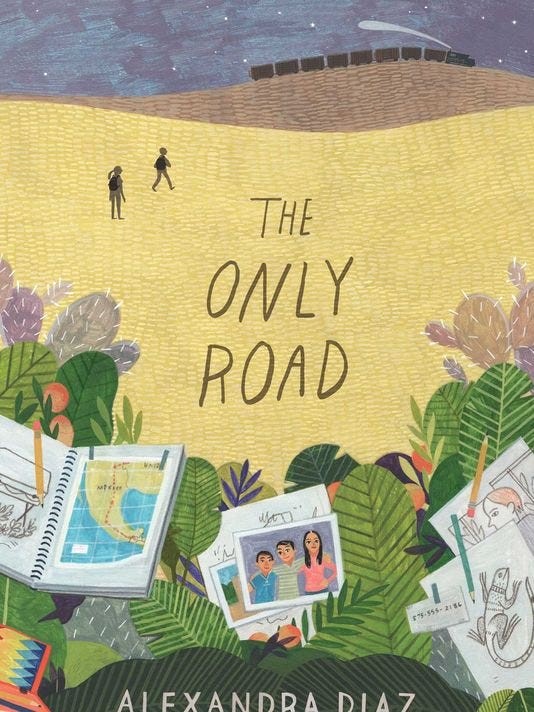 Teens (Ages 12-17)
Teens (Ages 12-17)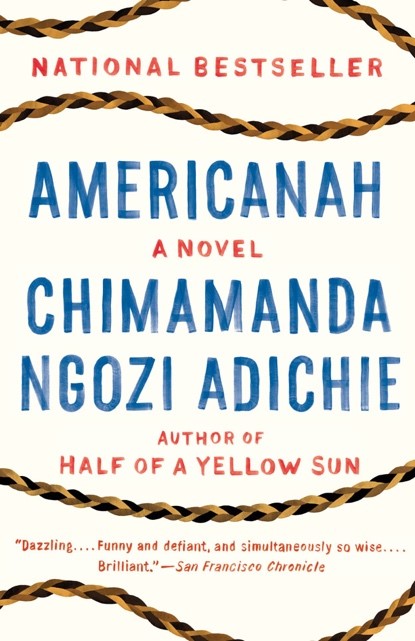 Adults (Ages 18 and up)
Adults (Ages 18 and up)
